Temperatures may not feel like it yet, but it’s time to start making the transition into an exciting new Fall planting season! There’s a lot to do in August to set yourself up for big garden success this Fall and beyond. Here are our top must-do’s!
Check out our August Garden Guide for more tips and remember that trees, shrubs, and perennials can be planted 12 months out of the year! The only difference is the amount of water they need depending on temperatures and wind!
1. Water to Maintain Depth Moisture!
Yay for rain!! It looks like there might even be some more in the forecast late next week! Since we have the luxury of good depth moisture, our goal with watering this month should be to maintain it. For lawns and established plants and trees, this means watering less frequently, but watering deeply when you water. New plantings will require water every day for the first couple weeks to get the roots established, but again, think deep drinks so the roots dive deeper. Use a water wand with a cut-off valve to make it easy on you and conserve water. Pro tip: Conserve water by watering at ground level, not spraying from above. This way, water soaks down to the roots rather than evaporating off the leaves.
2. Start Planting for Fall Pollinators!
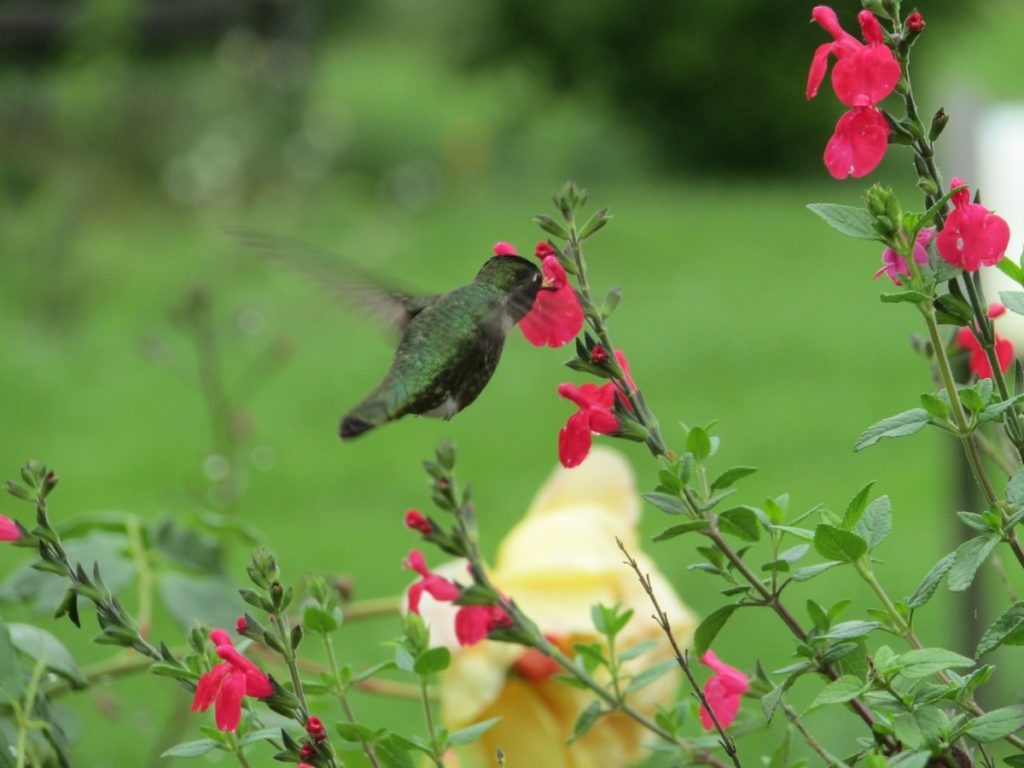
Important fact: birds, bats, bees, butterflies, beetles, and small mammals that pollinate plants are responsible for bringing us one out of every three bites of food. Plants attract and provide food for them to keep the cycle going. For example – plant Zinnia and sunflower seeds now, and they’ll be ready to feed migrating birds this Fall. Plant salvias now, get roots established, and they’ll be gorgeous this Fall and covered in hummingbirds, butterflies, and bees. Take it a step further and plant Texas natives! They provide for pollinators and require less water once established. If you’re excited about planting natives for pollinators, check out Homegrown National Park! It’s a nationwide movement to plant natives and restore native biodiversity at home. Just by planting a few native plants, you can get your yard on the map and become part of the Homegrown National Park.
3. Pick Out Your Seeds!
Watching your plants grow from a tiny seed is exciting and rewarding! Our Fall Vegetable Planting Guide provides the specific seed-planting dates to help plan your Fall garden. In early August, we’ll receive the new 2024-2025 seeds from our favorite seed suppliers, including heirloom vegetables, new releases, and wildflower seeds. Use peat pots or seed starting trays to start seeds indoors this month, then move to a covered patio once they sprout. This will protect the seedlings and slowly acclimate them to outdoor temps.
4. Prep Your Garden Beds
August is the time to start prepping Fall veggie beds! Finish your Summer harvesting, clean out your beds, and pull weeds. To get your soil ready, we recommend mixing Nature’s Blend Compost or Cotton Burr Compost into your soil to replenish nutrients and loosen the soil before planting. About 1 bag per 12 sq. ft. is good. Once prepped, add a thick layer of pine straw mulch, which will help retain moisture, keep weeds from sprouting, and keep the soil cooler until you’re ready to plant. As you plan your space, think crop rotation – don’t plant the same veggies in the exact same place you planted them last season, or you encourage pests and diseases.
5. Mulch for Moisture Retention
We know fresh mulch is the quickest way to refresh the look of your landscape. Proper mulching has other big benefits, especially during hot weather. A good 3” deep layer of mulch will keep your plants and the soil moist and cool for longer after you water or after it rains. Not just a little cooler – we’re talking more than 25 degrees cooler!! Give the main trunks or stems of your plants a little space – mulch 3” deep throughout the bed, but no more than 1” deep against the main trunks/stems of plants.
6. What About All the Weeds??
With all this amazing rain comes lots of weeds! We can’t apply weed killer to lawns right now because temperatures are still too high – we need to stay below 90 degrees to be able to treat existing lawn weeds. For now, keep the lawn mowed to prevent weeds from going to seed, and apply pre-emergent Weed Stopper with Dimension to prevent new weeds from sprouting. For landscape beds, we recommend spot treating weeds with an organic contact killer like Horticultural Vinegar or Captain Jack’s Deadweed Brew. For pesky Bermuda grass in beds, spot treat with Grass-B-Gon, and for our old friend nutsedge (aka nut grass), use Sedgehammer. Keep in mind, Bermuda grass and nutsedge will likely require several applications to eradicate.
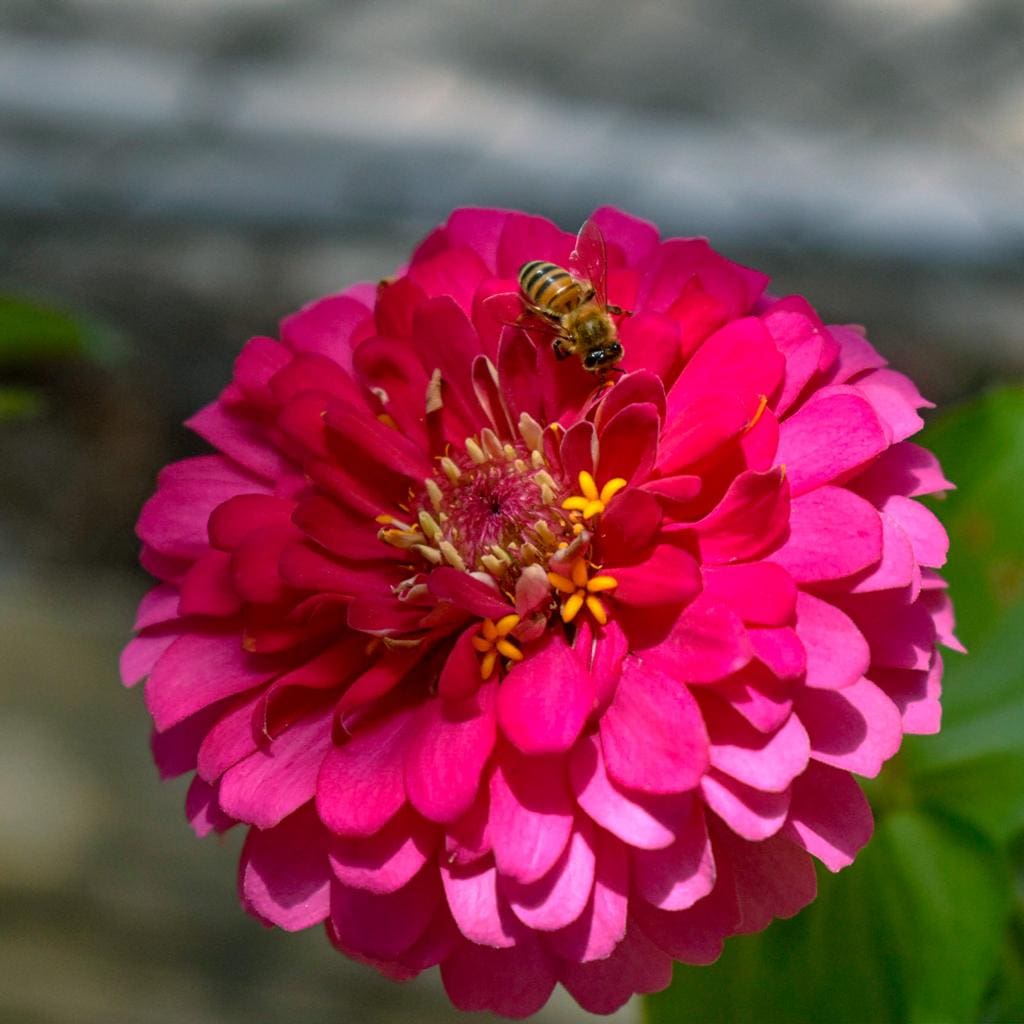

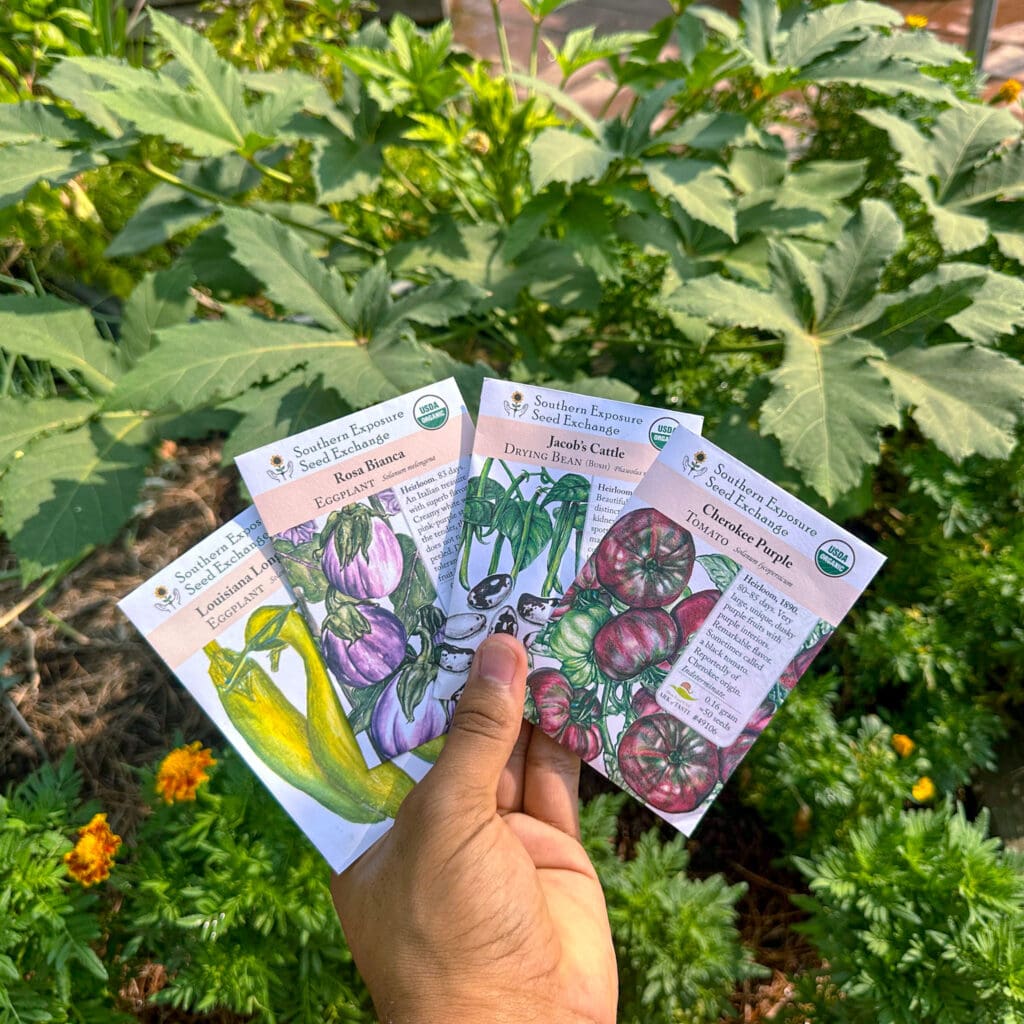
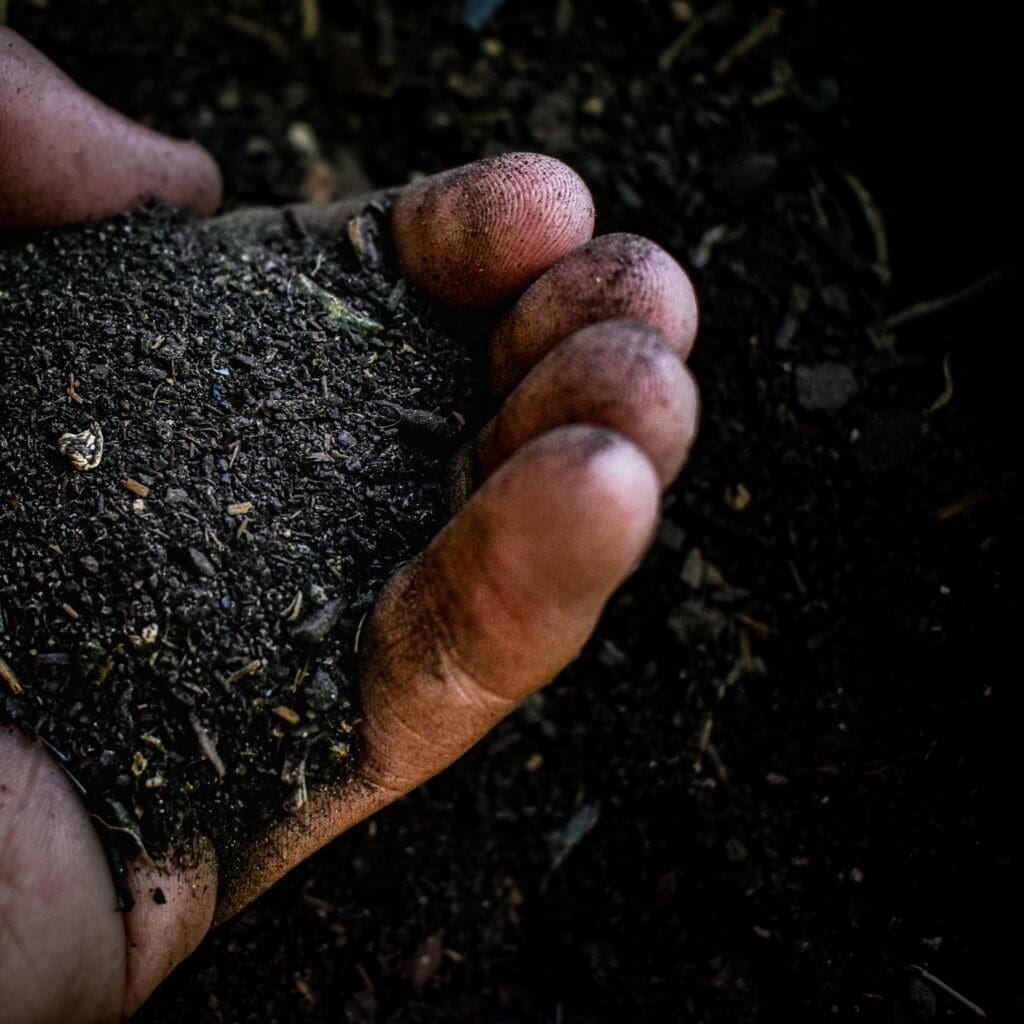
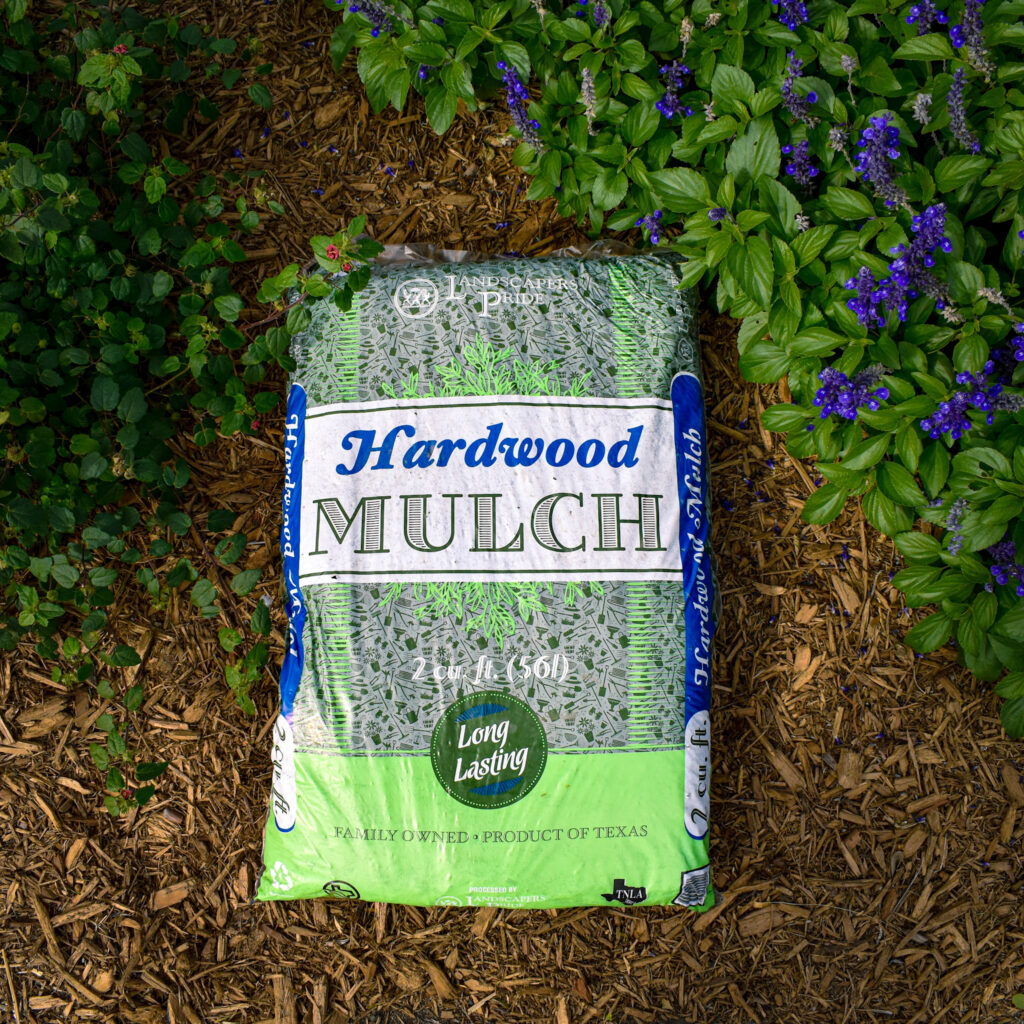
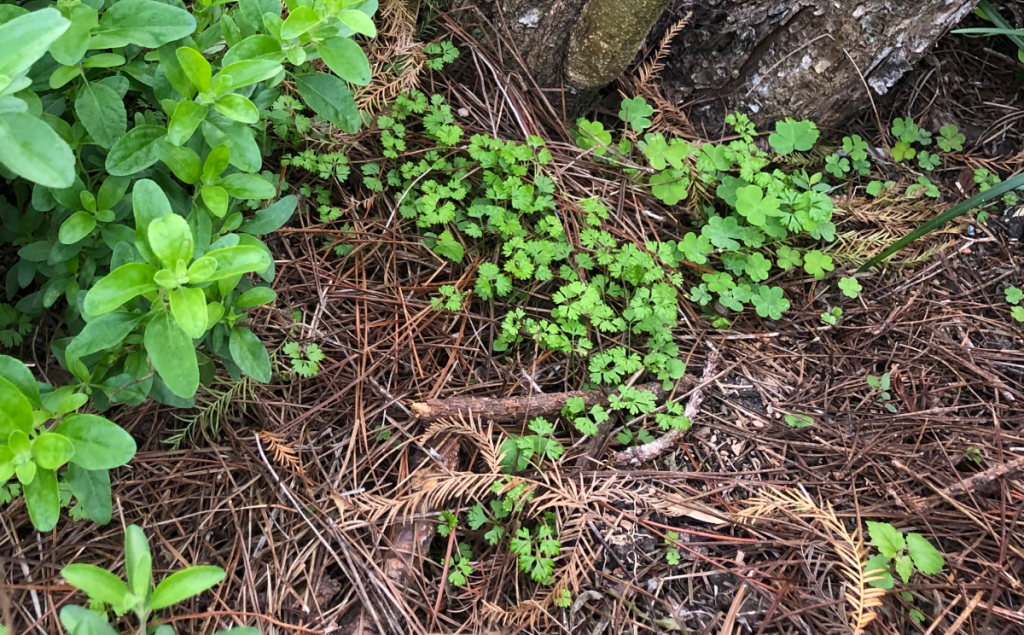


Digital Marketing Hub says
You have written a highly informative and engaging piece. Your analysis and presentation of the data were both very helpful. I now see the issue from a different angle thanks to your insightful comments. You have my gratitude for penning this.
Vintage Car Show says
What a great story! I’m so glad you shared it. The data you supplied was both practical and simple to grasp. Your ability to simplify otherwise difficult ideas is much appreciated. Anyone interested in learning more about this subject would benefit greatly from reading this.